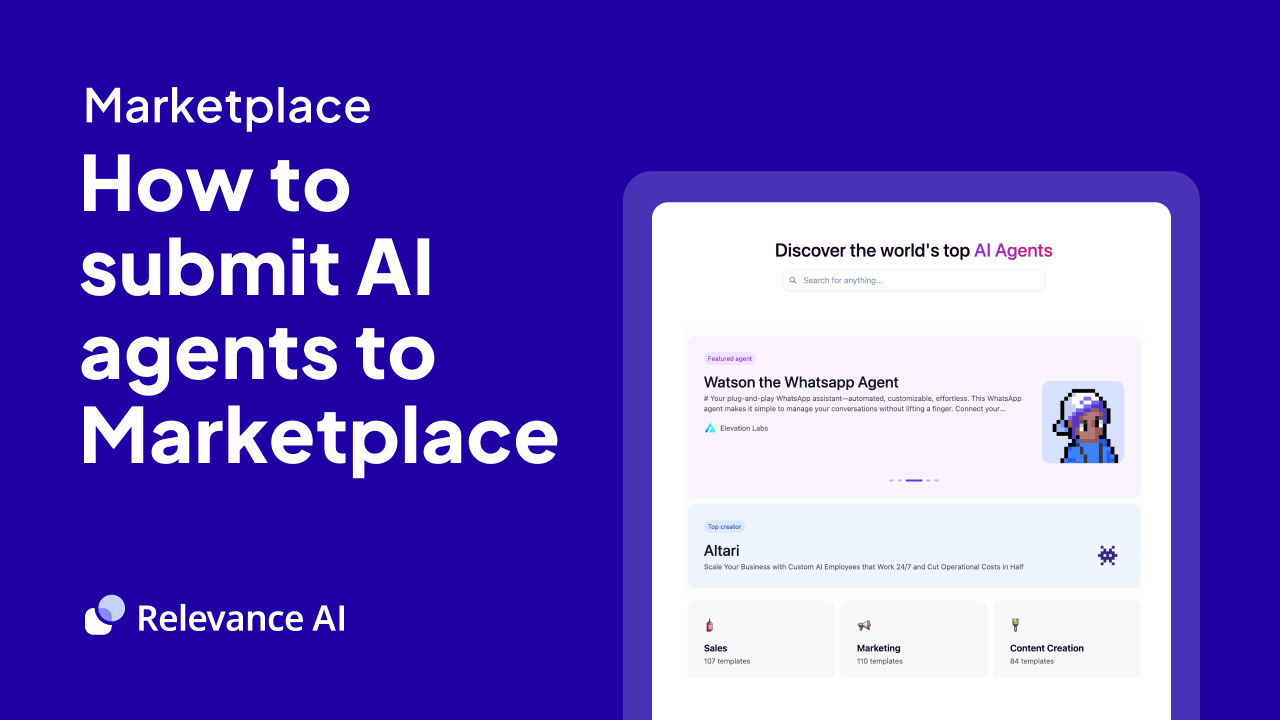Categorize Text Data
Overview
How to Use the Categorize Text Data Tool
The Categorize Text Data tool is an innovative AI-powered solution that automatically categorizes text content using predefined taxonomies. This powerful tool streamlines content organization by analyzing text and assigning relevant categories, making it invaluable for content managers, data analysts, and anyone dealing with large volumes of text data.
Step-by-Step Guide to Using Categorize Text Data
1. Prepare Your Text and Categories
- Text Input: Begin by preparing the text content you want to categorize. This could be anything from article descriptions to product details.
- Create Your Taxonomy: Develop a list of categories that align with your classification needs. Each category should be on a separate line. For example: Technology, Business, Health, Entertainment.
- Define Tag Limit: Decide how many categories you want to assign to each piece of text. This helps maintain focused and relevant categorization.
2. Configure the AI Settings
- Select Your GPT Model: Choose between GPT4o or GPT4o Mini based on your needs. GPT4o offers more advanced analysis, while GPT4o Mini provides faster processing.
- Add Example Classifications: While optional, providing examples of correctly categorized text helps the AI understand your specific context and improves accuracy.
3. Submit Your Content
After configuring your settings, submit your text for analysis. The tool will process your content through several sophisticated steps:
- Taxonomy Processing: The system organizes and validates your category list.
- AI Analysis: The selected GPT model analyzes your text against the provided taxonomy.
- Category Assignment: The tool assigns the most relevant categories based on your specified tag limit.
4. Review and Utilize Results
The tool provides a JSON-formatted output containing your categorized text. This structured format makes it easy to integrate the results into your existing workflows or databases.
Maximizing the Tool's Potential
- Refine Your Taxonomy: Start with a clear, well-organized category list. Avoid overlapping categories and ensure each category is distinct and meaningful.
- Optimize Tag Limits: Experiment with different tag limits to find the right balance between comprehensive categorization and focused results.
- Leverage Examples: Use the optional example feature to guide the AI's understanding of your specific domain and categorization preferences.
- Regular Updates: Periodically review and update your taxonomy to ensure it remains relevant and effective for your evolving content needs.
By following these guidelines and best practices, you can harness the full power of the Categorize Text Data tool to streamline your content organization and improve data management efficiency.
How an AI Agent might use this Text Categorization Tool
The Categorize Text Data tool is a sophisticated solution that empowers AI agents to efficiently process and organize large volumes of textual information. By leveraging advanced GPT models and customizable taxonomies, this tool transforms unstructured text into meaningful, categorized data that can drive actionable insights.
- Content Management and Organization: is a primary use case where an AI agent can excel. By processing incoming content streams - whether articles, social media posts, or customer feedback - the agent can automatically sort and file information into predefined categories. This enables seamless content discovery and retrieval while maintaining organizational consistency across large datasets.
- Customer Support Intelligence: An AI agent can utilize this tool to analyze support tickets and customer inquiries. By categorizing issues according to a custom taxonomy, the agent can identify trending problems, prioritize responses, and route queries to appropriate departments. This systematic approach ensures efficient issue resolution and helps identify patterns in customer concerns.
- Market Research and Analysis: The tool becomes invaluable as AI agents can process vast amounts of market data, competitor communications, and industry reports. By categorizing this information into relevant business segments, market trends, or competitive factors, the agent can provide structured insights that inform strategic decision-making and competitive positioning.
Use Cases
- Content Management System Administrator: The Text Categorization Tool revolutionizes the way content management system administrators handle large volumes of digital content. By leveraging its sophisticated categorization capabilities, administrators can automatically organize thousands of articles, blog posts, or documents into precise taxonomies. For instance, a media company managing a vast library of content can input their established category structure and let the tool systematically classify each piece of content. This not only ensures consistency in content organization but also dramatically reduces the manual effort typically required for content tagging, while maintaining high accuracy through its advanced GPT model integration.
- Customer Feedback Analyst: For customer feedback analysts, this tool transforms the daunting task of processing unstructured feedback into a streamlined, automated process. By setting up custom taxonomies that align with business objectives, analysts can automatically categorize thousands of customer comments, reviews, and survey responses into meaningful segments. The tool's ability to assign multiple categories per text sample is particularly valuable when dealing with complex feedback that touches on multiple aspects of the business. This enables rapid identification of trending issues, emerging patterns, and customer sentiment across different product or service categories, leading to more timely and targeted business responses.
- Research Data Scientist: Research data scientists working with large textual datasets find immense value in this tool's ability to systematically categorize research data. Whether analyzing academic papers, clinical trial reports, or market research responses, the tool can efficiently classify content according to researcher-defined taxonomies. The flexibility to adjust the number of categories per sample and choose between different GPT models makes it particularly suitable for various research contexts. This automated categorization not only accelerates the initial data organization phase but also ensures consistency in classification across large datasets, enabling more reliable analysis and insights generation.
Benefits of Categorize Text Data
- Automated Content Organization: The Categorize Text Data tool revolutionizes content management by automating the tedious task of manual text categorization. By leveraging advanced GPT models and a customizable taxonomy system, it efficiently processes large volumes of text data and assigns relevant categories with remarkable accuracy. This automation not only saves countless hours of manual labor but ensures consistent categorization across all content.
- Flexible and Customizable Classification: One of the tool's standout features is its adaptability to different classification needs. Users can define their own taxonomy and specify the number of categories per text sample, making it versatile enough to handle various use cases - from content tagging to document classification. The option to choose between different GPT models adds another layer of customization, allowing users to balance between processing speed and accuracy based on their specific requirements.
- Robust Validation and Quality Control: The tool's sophisticated validation system ensures high-quality categorization results. Through its multi-step process of topic identification, formatting, and category validation, it maintains data integrity by filtering out irrelevant categories and defaulting to 'Other Categories' when necessary. This systematic approach to quality control makes it particularly valuable for organizations requiring precise and reliable content categorization.










.png/6f303b4c-da50-470e-883d-23c1fc217aa6.png)




















.png/e14d3fc3-caf7-4cdf-8506-4e075aa15422.png)




